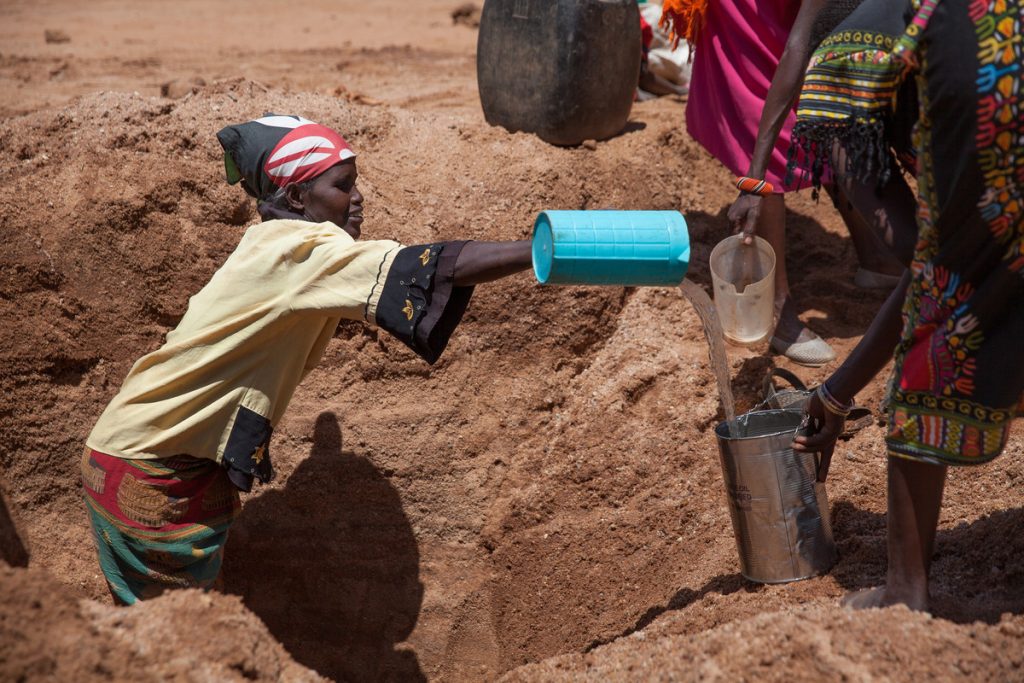When the Paris Agreement was accepted four years ago, climate justice advocates rejoiced that it included the goal of limiting average global warming to 1.5°C. This goal has only become more urgent as we learn more about the impacts of warming at 1°C, which is where we are now, and which are already devastating for many of the world’s most vulnerable communities. But the action that countries pledged to do under the Paris Agreement was nowhere near sufficient to reach the 1.5° goal, and instead would likely let warming increase to a catastrophic 3°C. So while Paris was a real diplomatic achievement, it was also immediately clear that much more ambitious action from governments was needed to actually meet its goals.
This year, there are three important opportunities for governments to increase their action.
First is the “Talanoa Dialogue” – an initial review of how far the action that governments have pledged under Paris will get us. This process started this month in Bonn at the UN climate talks. The dialogue is framed around three questions: “Where are we?”, “Where do we want to go?”, and “How do we get there?”
What this leaves out is: “How did we get here?” Omitting this key question hides the historical responsibility of developed countries, who have much higher emissions and did more to create the problem than even the biggest developing countries.
Even more worrisome, there has also been a strong pushback from the UN against any “naming and shaming” of specific countries who are not doing their fair share. While the dialogue needs to be constructive, countries cannot be allowed to hide the fact that they are failing to take the action needed to meet the Paris Agreement goals. The dialogue needs to end with commitments from countries, particularly developed countries, to immediately increase action towards those goals.
Omitting this key question hides the historical responsibility of developed countries, who have much higher emissions and did more to create the problem than even the biggest developing countries.
Secondly, the release of the Intergovernmental Panel on Climate Change’s special report on the 1.5°C goal is another moment that should encourage governments to increase ambition. Coming out in October, this report should be a wake-up call to the inadequacy of the country pledges and how urgent it is to increase action. The report is also expected to include a discussion of technologies that are supposed to remove climate pollution from the atmosphere and store it underground. These technologies are often included in climate models, but many of them are unproven, especially at scale.
One of the most popular such technologies is Bioenergy with Carbon Capture and Storage (BECCS). BECCS essentially involves growing trees to suck carbon dioxide out of the atmosphere, then burning those trees for energy while capturing the carbon dioxide that is released and burying it underground. (This is exactly as crazy as it sounds.) To be effective at scale, BECCS would need huge amounts of land, putting food security and land rights at risk. It also relies on the incorrect assumption that burning wood is carbon neutral, so there are real concerns that it wouldn’t actually work to solve the climate crisis, and that even an attempt would be harmful to communities.
Fortunately, unproven methods of capturing and storing greenhouse gases aren’t the only way to limit climate change. Other, safer methods include halting deforestation and focusing on ecosystem restoration, agroforestry and other nature-based strategies that also benefit communities. Governments need to take the lessons from the IPCC report that meeting the 1.5°C goal is possible and that immediate increase in ambition is needed. We cannot afford to be distracted by false solutions like BECCS.
Finally, this year governments are expected to agree to the Paris Rulebook, which is the first set of rules on how countries will actually implement the Paris Agreement. It is essential that this agreement be equitable – that is, that rich countries do their fair share and that poor countries are supported with the necessary finance and technology for ambitious climate action.
In particular, much more progress is needed on finance. As part of doing their fair share, rich countries need to provide support for climate action in developing countries. Rich countries have failed to meet their initial financing commitments and have continued to resist discussions around the need for support. Developing countries need to be able to plan for their climate action as they face increasing impacts. If they do not know what support will be available, this kind of planning is impossible. As part of the Paris Rulebook, developed countries need to agree to include financial commitments. Without this key piece of the puzzle, there is simply no way that all countries can commit to enough action to meet the 1.5° goal.
There are only a few years left before over 1.5°C of warming – and all the associated catastrophic impacts on food security, sea level rise and increased extreme weather events – will be locked in. The current level of action from governments, especially from rich countries, is woefully inadequate. There are three opportunities this year for governments to change course and increase ambition. We cannot afford to miss them.


